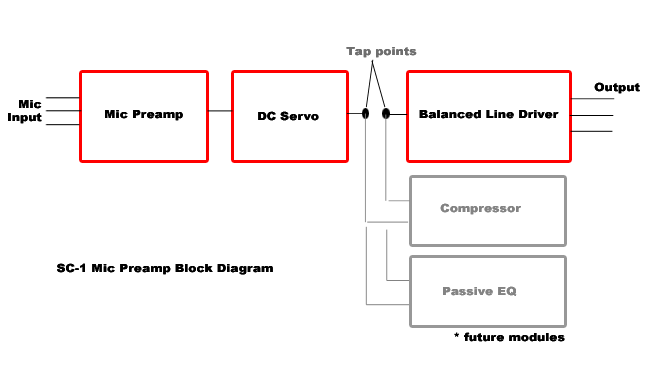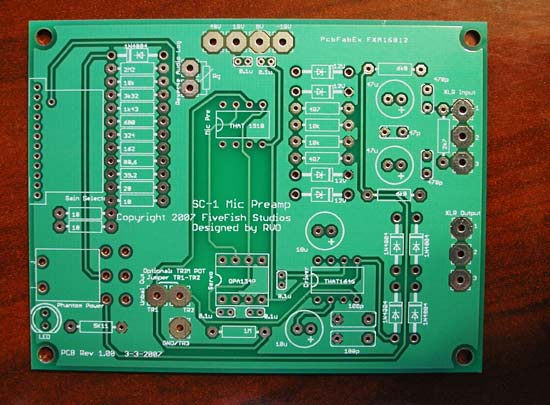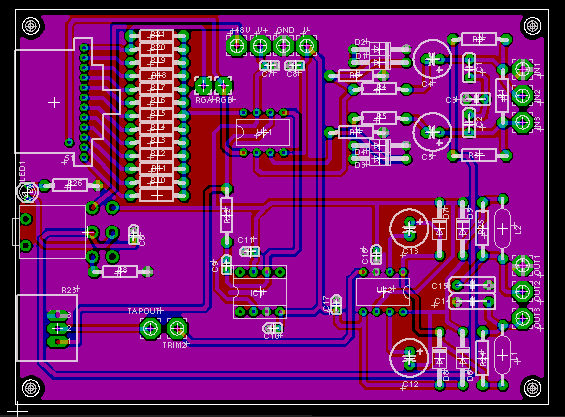My
DIY Pages DC ServoThe DC servo is using an OPA134 opamp chip. - SUPERIOR
SOUND QUALITY The OPA134 series are ultra-low distortion, low noise operational amplifiers fully specified for audio applications. A true FET input stage was incorporated to provide superior sound quality and speed for exceptional audio performance. This in combination with high output drive capability and excellent dc performance allows use in a wide variety of demanding applications. In addition, the OPA134's wide output swing, to within 1V of the rails, allows increased headroom making it ideal for use in any audio circuit. OPA134 op amps are easy to use and free from phase inversion and overload problems often found in common FET-input op amps. They can be operated from ±2.5V to ±18V power supplies. Input cascode circuitry provides excellent common-mode rejection and maintains low input bias current over its wide input voltage range, minimizing distortion. OPA134 series op amps are unity-gain stable and provide excellent dynamic behavior over a wide range of load conditions, including high load capacitance. The dual and quad version features completely independent circuitry for lowest crosstalk and freedom from interaction, even when overdriven or overloaded. Applications: - PROFESSIONAL
AUDIO AND MUSIC Balanced Line Driver OuputThe THAT 1646 is a new generation of audio differential line drivers offering improved performance over conventional cross-coupled designs. Based on a high-performance, fully differential opamp and laser-trimmed thin-film resistors, the 1646 exhibit low noise and distortion, high slew rate, and wide output swing. The parts are stable when driving difficult loads, and have short-circuit protected outputs. This is a dual feedback-loop design that prevents the excessive ground currents typical of cross-coupled output stages (CCOS) when clipping into single-ended loads. OutSmarts uses two individual negative-feedback loops to separately control the differential output voltage and common mode output currents, making the designs inherently more stable and less sensitive to component tolerances than common CCOSes. As a result, THAT's topology prevents the loss of common-mode feedback that plagues common CCOS designs when clipping into single-ended loads. This avoids excessive ground currents that would otherwise upset power supplies and create additional distortion, even in adjacent channels. The 1646 is pin-compatible with the TI DRV134 and DRV135, as well as the Analog Devices SSM2142. Features - Balanced, transformer-like floating output Applications - Differential Line Drivers
REV 1.00 PCB I received Rev1.00 PCB prototype from the board manufacturer. There's a couple of mistakes...
1. The grayhill 12-position selector switch is mounted backwards. 2. The DPDT switch holes are a tiny bit too small. The plated through hole ate up some space in the opening and prevented the switch terminal legs from going in. I created a REV3.00 board design as shown below, and I'll send this out again for prototyping.
I also made the Rev3.00 PCBs a bit bigger so I'll have more space to work with and route things. This also allowed me to put a PCB mounted pot (R23). I also added inductors L1 and L2 for the output. They'll work in conjuction with C14 and C15 to prevent RFI interference. I'll test build one of the Rev1.00 boards and stuff them and see if the preamp will work. I'll just wire the switches with hookup wires and use a pot instead of soldering in the Grayhill 12-pos switch. Maybe sometime the end of this month... We'll see how it goes!
|



